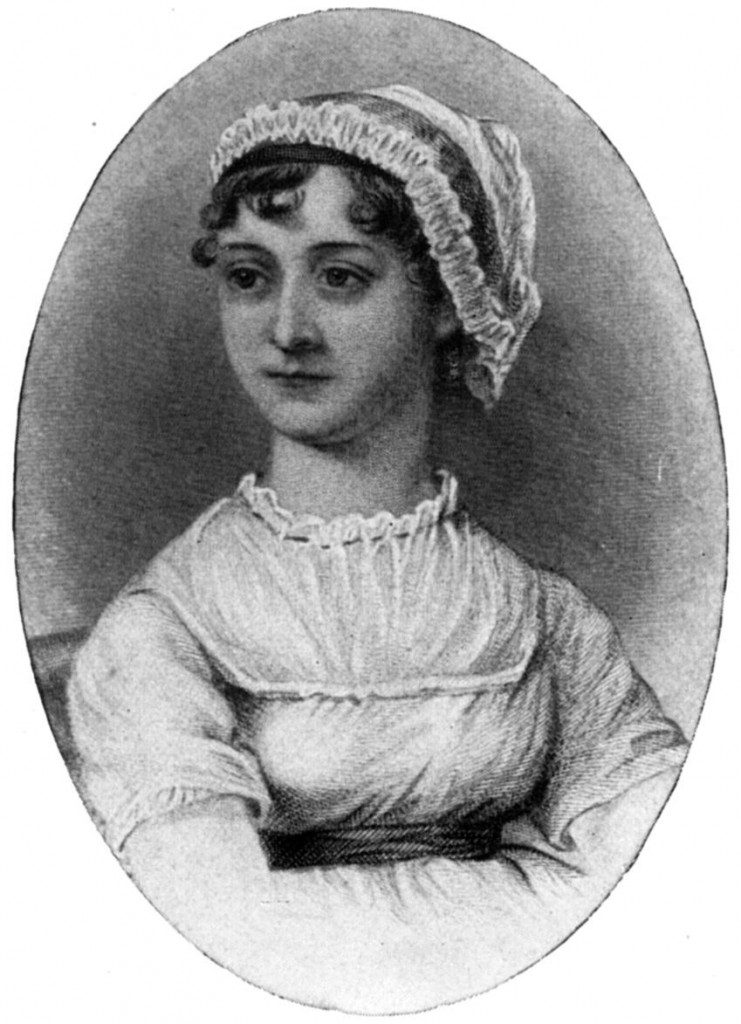On this date Jane Austen died (1775-1817).
Frye in notebook 27:
I’ve often noticed that great novelists, from Jane Austen to Henry James, are conventional to the point of prissiness. There are many reasons for this: one is that novelists deal with people under ideology. The ideology is usually shaped by both the author and the public. Authors who are aware of another perspective (myth) are rare: Dickens is one. (CW , 95) LN
In “Framework and Assumption”:
At present there is a widespread impression that flexible conventions are a mark of serious writing. The days are gone when Jane Austen could protest against the snob phrase “only a novel,” and point out that a “novel” could be on the same level of seriousness as any book of sermons. But of course she had her conventions: there are no writers who are unconventional or beyond convention. Sometimes a writer may seem unconventional because his readers are accustomed to different conventions and do not realize it, or else assume that what they are used to is the normal form of writing. Such reactions to convention may vary from Samuel Johnson’s dictum, “Nothing odd will do long; Tristram Shandy did not last,” to the claim of a twentieth-century formalist critic that Tristram Shandy was the most typical novel ever written. (CW 18, 424-5)
In “The Context of Romance” in The Secular Scripture:
The sketches Jane Austen produced in her teens are nearly all burlesques of popular romantic formulas. And yet, if we read Pride and Prejudice or Emma and ask the first question about it, which is What is Jane Austen doing? What is it that drives her pen from one corner of the page to the other? the answer is of course that she is telling a story. The story is the soul of her writing, to use Aristotle’s metaphor [Poetics chap. 6], the end for which all the words are put down. But if we concentrate on the shape of her stories, we are studying something that brings her much closer to her romantic colleagues, even to the writers of the horrid mysteries she parodied. Her characters are believable, yet every so often we become aware of the tension between them and the outlines of the story into which they are obliged to fit. This is particularly true of the endings, where the right men get married to the right women, although the inherent unlikelihood of these unions has been the main theme of the story. All the adjustments are made with great skill, but the very skill shows that form and content are not quite the same thing: they are two things that have to be unified. (ibid., 28)

